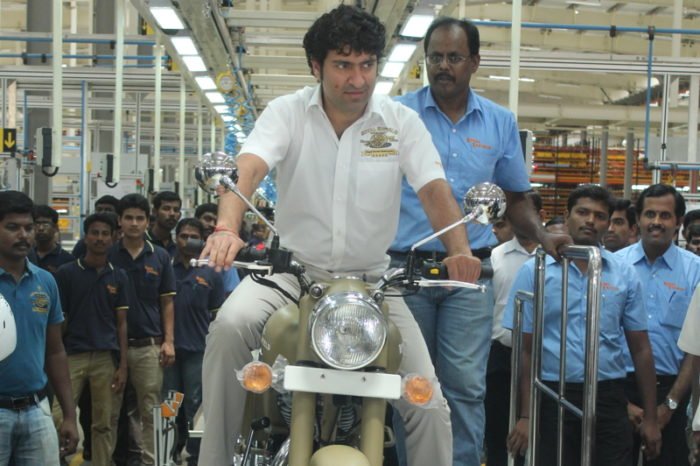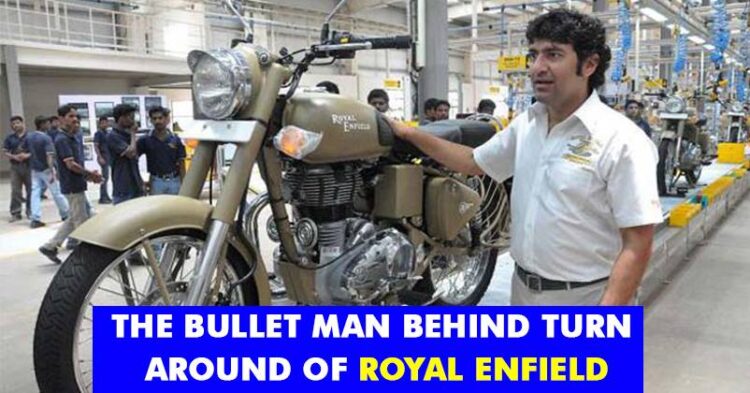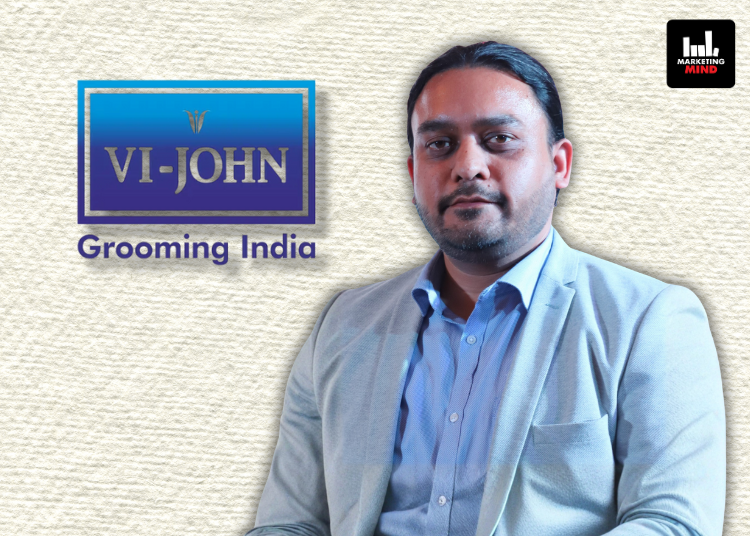Royal Enfield needs no introduction! For any company, success is not a one night game. It depends on market share, profitability, and category substitution. We have learnt about companies suffering from many problems at first but then with perfect planning and strategies have emerged out to be the best.
Something similar happened with Royal Enfield too!
The Backdrop
It was before 2000 that Royal Enfield was losing its customers and failing to achieve new customer base. Reason being people were happy with the traditional bullet bikes and were not in a position to welcome new innovations in the bike that Enfield bought. That was when in 2000 when the board of directors at Eicher Motors decided to either shut down or sell off Royal Enfield – the company’s Chennai-based motorcycle division.
Productions lessened to 2000 bikes when the capacity was 6000 units. Not only that there were complaints about the engine seizures, snapping of the accelerator or clutch cables, electrical failures and oil leakages. Many found it too heavy to handle.
The Man Who Stood
But there was only one man who decided to stand high and asked for two years of grace period.
Siddhartha Lal, a third generation member of the Delhi-based Lal family, promoters of the Eicher group of companies convinced his father that he can make things work. He himself was an Enfield lover.

“The board agreed to give me a chance,” he said, “It was not because of its confidence in me, but because the business was doing so badly it could hardly get any worse.”
But he was not a one-man army, he recruited a CEO at 2005 named R.L. Ravichandran who had earlier worked with Bajaj and TVS motors.
He too brought along his strategies and understood that the present problems that hindered to bring along new customers might make them lose old ones. So the revamping must be done in a way to rob in a huge market and gain the liking of the audience.
A perfect highway cruiser, the #RoyalEnfield #Thunderbird takes you on new adventures. https://t.co/CCqdNtDqi6 PC:@ _divyanshsharma_ pic.twitter.com/oeGQJKJJY5
— Royal Enfield (@royalenfield) August 14, 2017
The Midas Touch
Well, both understood that they have to keep alive the authenticity of the brand. The rugged look of the bike, the head lamps and the trunks were untouchables to keep the essence. Then what? Should the gears be shifted close to the rider’s left foot – as in most bikes – or retained on the right side? That was a million dollar question that left Lal and his team spending nights after nights.
Rooted on the spirit of pure motorcycling, Royal Enfield gear is made for use both on and off your ride. https://t.co/iXCDpIKWUa#REGear pic.twitter.com/IxIlZpEMD8
— Royal Enfield (@royalenfield) August 26, 2017
The engine came with another problem! It separated gear box and oil sump design making it prone to oil leaks. Using Aluminium metal might have solved the problem but that would lead to change the sound and vibrations that were a major sign of Enfield. But Technology took an upper hand.
International experts were consulted and sound mapping carried out for over 1,000 hours to ensure it produced the maximum rhythmic vibrations possible.
“We declared 2006 as the year of getting back to the basics,” says Ravichandran. “We also formed a field quality rapid action force to bridge the gap between customer expectations and the reality.”
The Success
The rest is history and definitely biggest turn around for any company. In October 2008, Royal Enfield launched in Germany its newly designed 500cc Classic model with the new engine and it was loved by all.
Later it was launched in India in November 2009 as a 350 cc bike and was priced Rs 1.20 lakh.
“Now, our capacity utilisation is 100 per cent. Yet there is a six months waiting period for deliveries,” said Lal. “We plan to double our capacity soon to 1.5 lakh bikes.”
Across harsh weather and difficult terrain, Royal Enfield Protective gear keeps you adventure ready. https://t.co/iIxXg5Ifa3 #REGear pic.twitter.com/sfC8xcKYQl
— Royal Enfield (@royalenfield) August 16, 2017
From selling 25,000 bikes in 2005 to selling 300,000 bikes in 2014 Lal has done all. Now it also exports worldwide having a reach to almost 6,000 units each year. But with the coming of the global brand, Harley Davidson in the Indian market, Enfield must face a tough competition. It will be good to look forward how Lal and his team maintain the brand equity and build the market more.

















